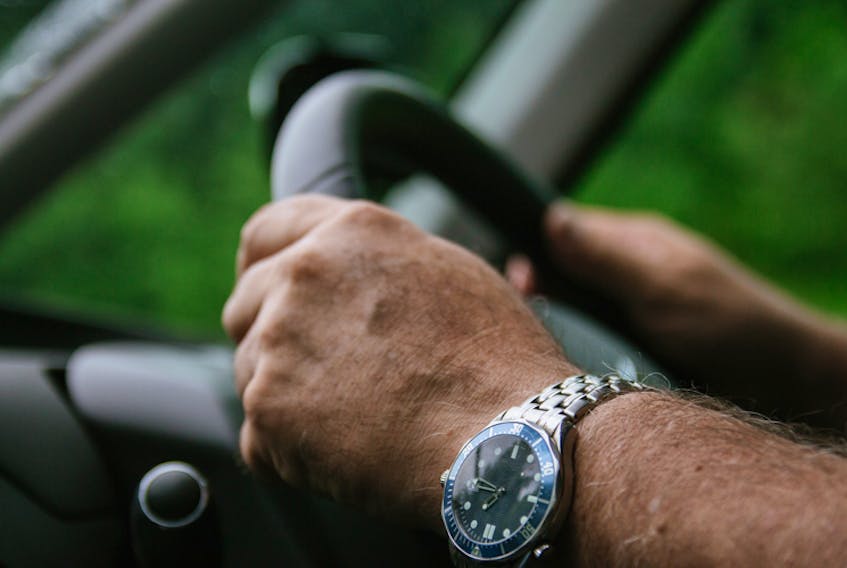Cruise control is rapidly becoming a standard feature on all vehicles, other than those at the lowest price points.
It is an essential component in the move toward automated driving.
Cruise control works through a system of sensors that monitor vehicle speed. As it detects a variation from the set speed, it adjusts the throttle position accordingly.
If speed falls off, it applies more throttle, if speed increases, it releases throttle pressure and in some cases, may ask the transmission to shift down a gear until the vehicle reaches the pre-set limit.
The latest generation of cruise control, commonly called adaptive cruise control, has the ability to maintain a set distance to the vehicle ahead.
These systems will maintain that distance, even when the vehicle ahead slows dramatically and/or comes to a complete stop.
Most systems will then allow resumption of speed as the vehicle in front does so.
You can see where this latest version of cruise control is vital to autonomous driving.
But that does not alter the fact it is only useful and safe if the driver is paying attention. The system will maintain a set speed — or up to that speed if following another vehicle. If there is no vehicle in front, it resumes the set speed — and will do so until the driver touches the brake or hits the “cancel” button.
Another emerging active safety feature related to cruise control is automatic emergency braking. Many of the same sensors that monitor the distance to the vehicle ahead will serve to stop the vehicle if the closing rate is judged too severe.
In other words, the system knows how much time and space is needed to come to a complete stop. If it senses your car is approaching another vehicle or an object too quickly, it will sound an audible warning, flash warning lights and if the driver has not taken action, may automatically apply the brakes.
These systems are getting even closer to automated driving.
But, even if you are driving a vehicle with the latest technology, you still need to pay attention to the task at hand — driving. We have all seen or read reports of supposedly autonomous cars crashing into other vehicles or objects.
In all of these cases, the crash occurred when the driver was relying on the autonomous system and did not see the emerging scene in time to take over, or was not even paying attention.
For the record, I am a cruise control fan, using it the majority of the time while on limited access highways. It all comes down to proper use, as is almost always the case with driving aids.
An alert driver, paying attention to the job at hand can use cruise control to maintain a steady speed and prevent excessive speed. Cruise control can thus reduce fatigue, stress and pressure on your pocket book and driving license — provided you are paying attention.
When driving in situations where the combination of vehicle and conditions could easily lead to excess speed, cruise control can be a saviour. It can be used to keep your average speed up and your peak speed below a pre-determined limit.
In these situations it will also allow you to concentrate more on signage, traffic flow, patterns and habits.
But used while distracted or fatigued, it can be deadly. Most systems won’t recognize whether you are on or off the road, paying attention or not.
They will maintain vehicle speed until turned off, or you run off the road or into something.









